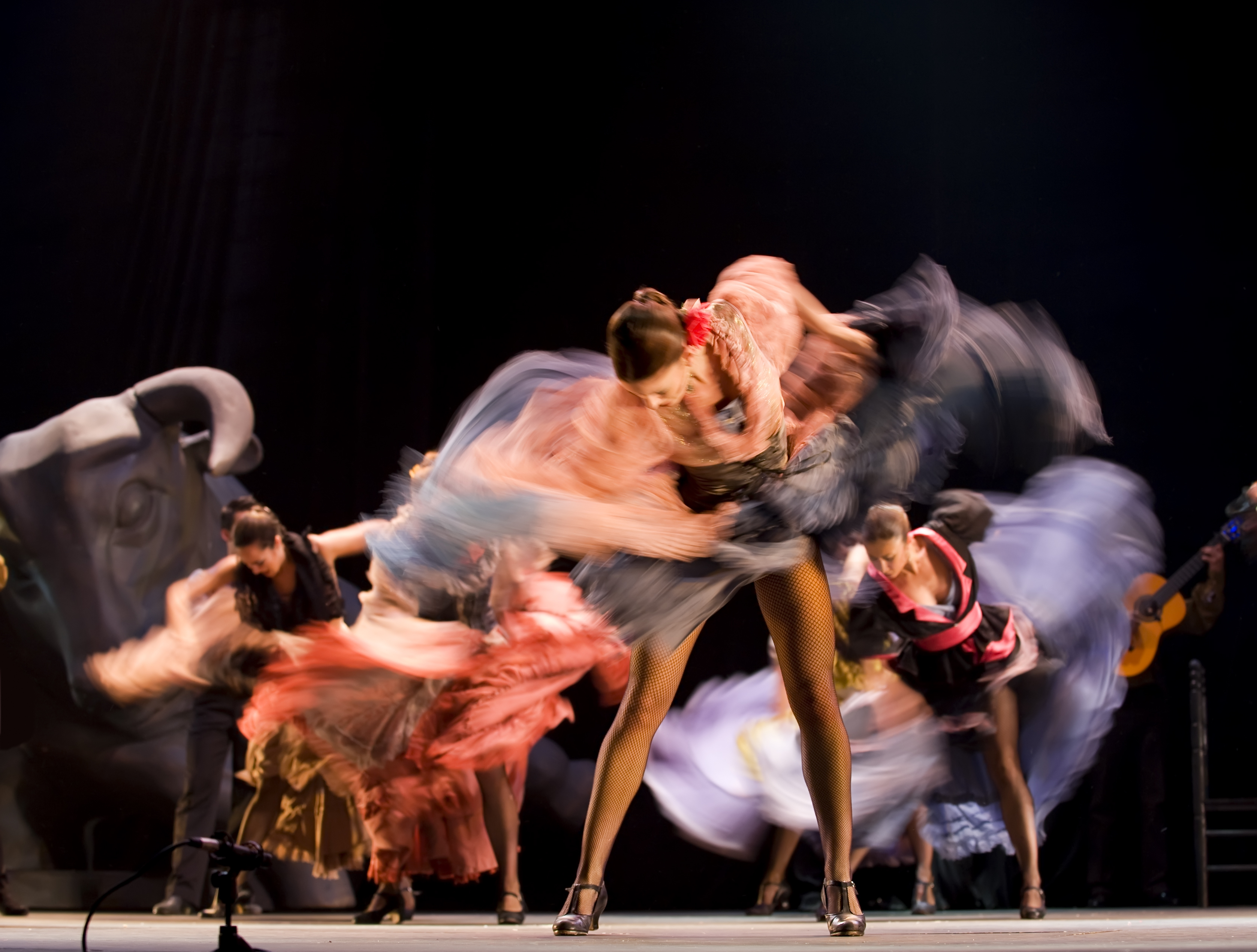
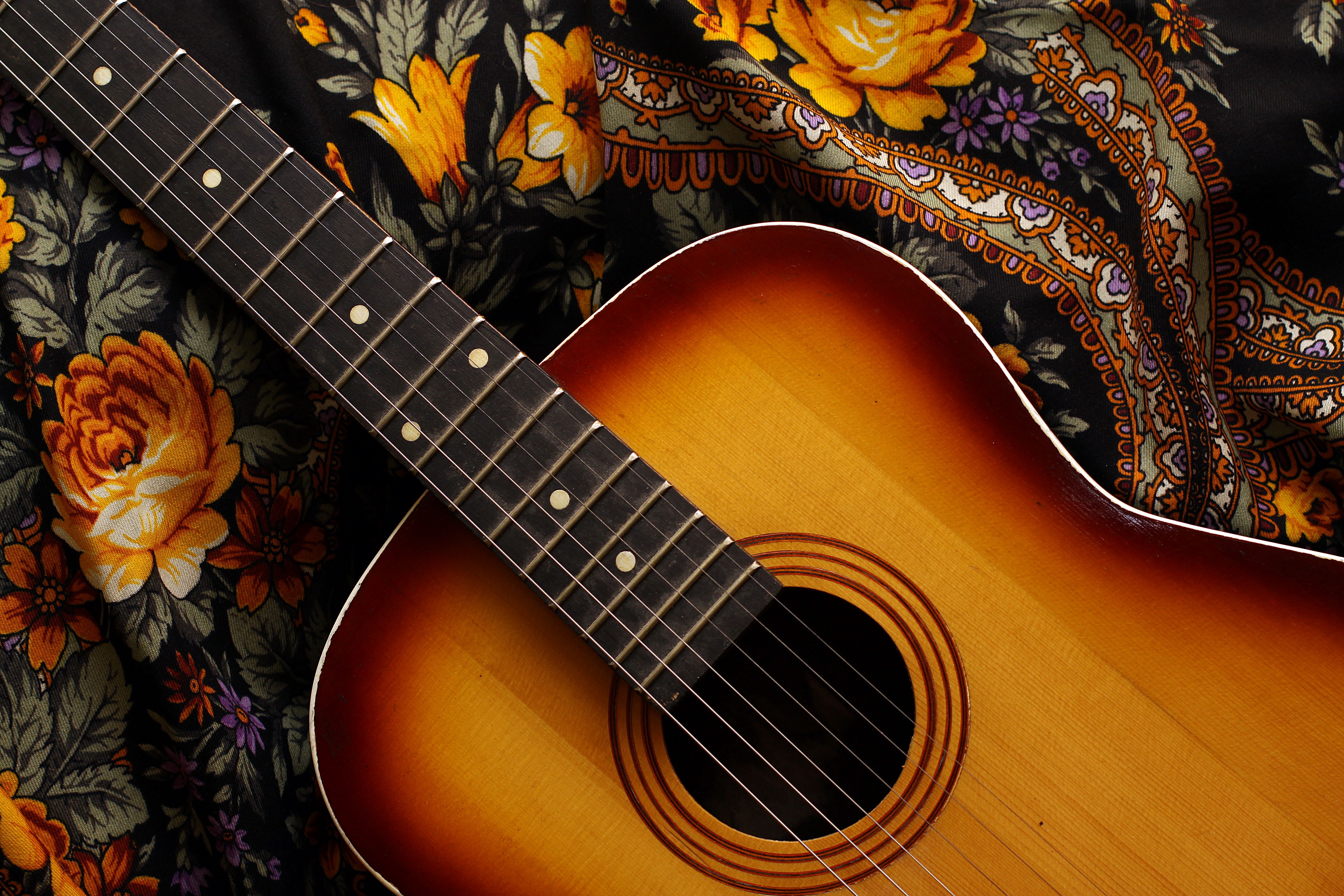
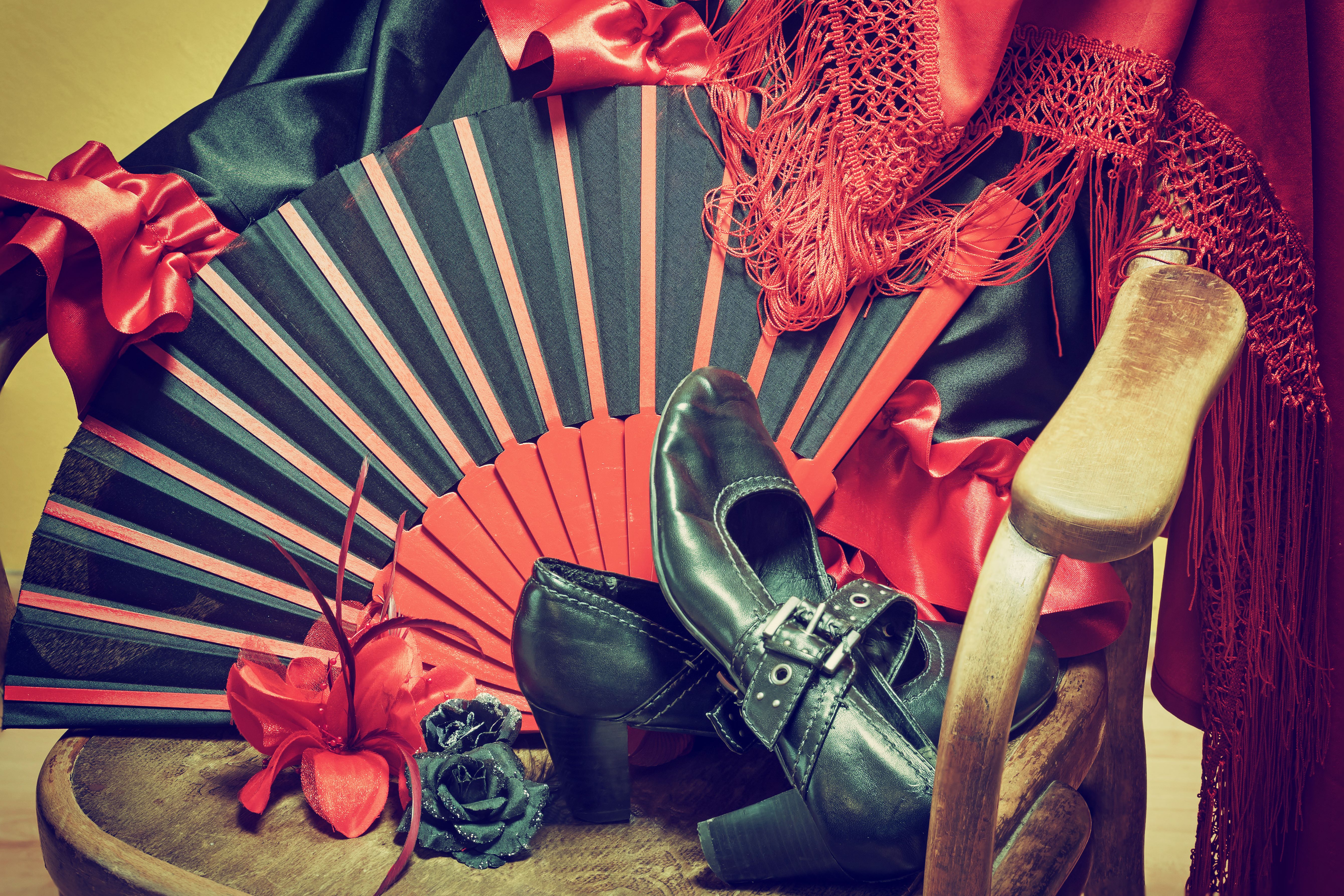
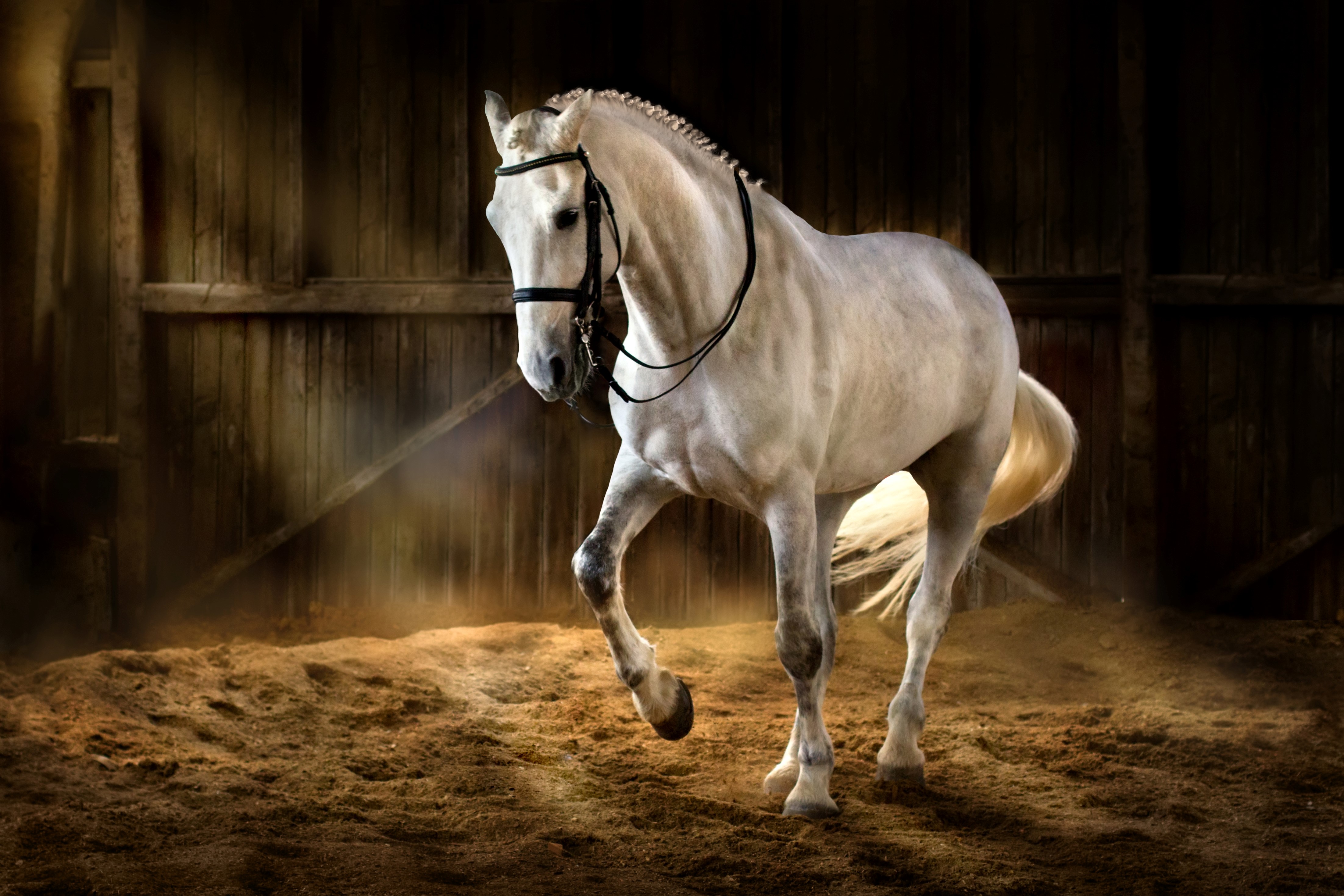
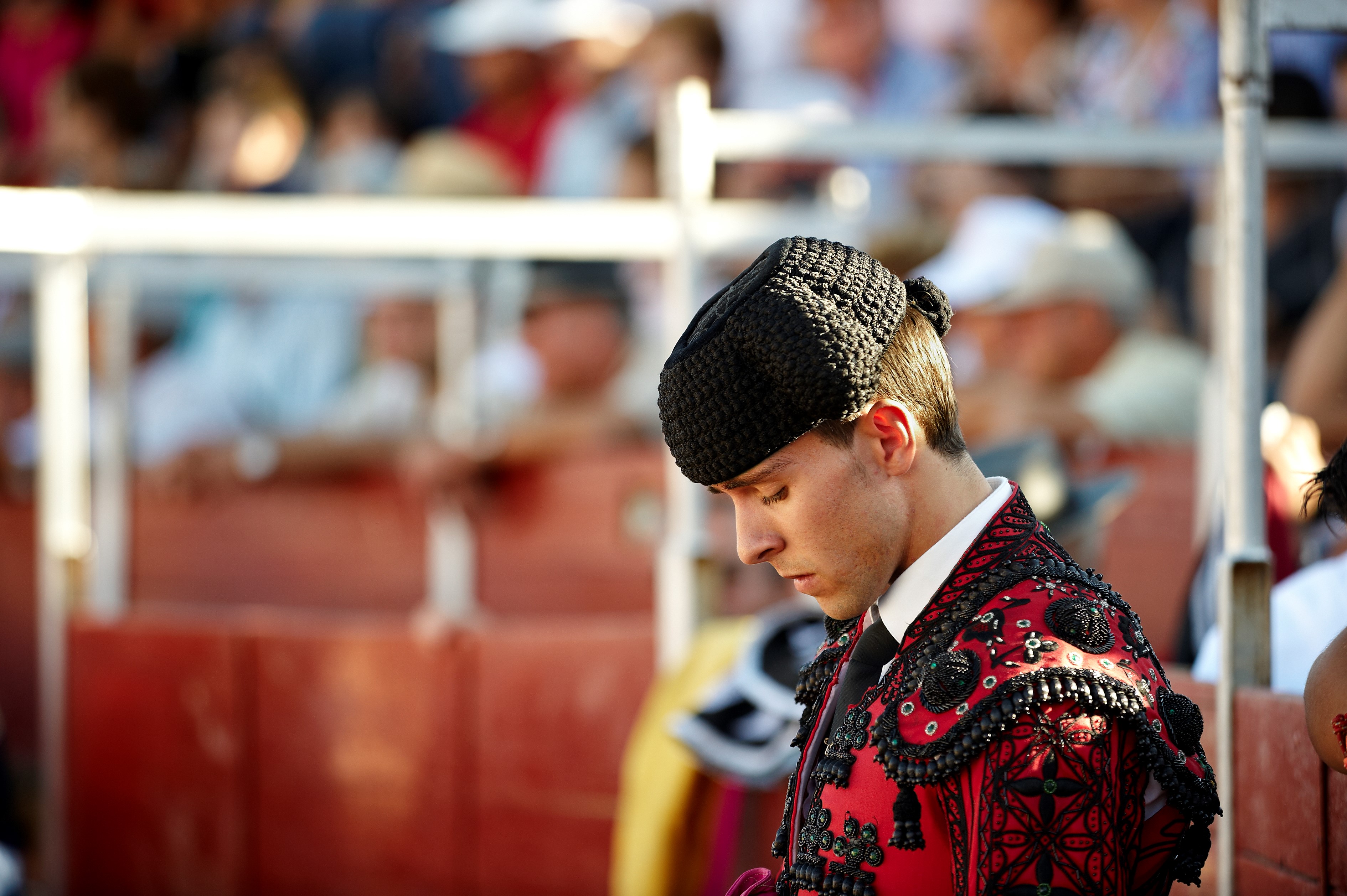
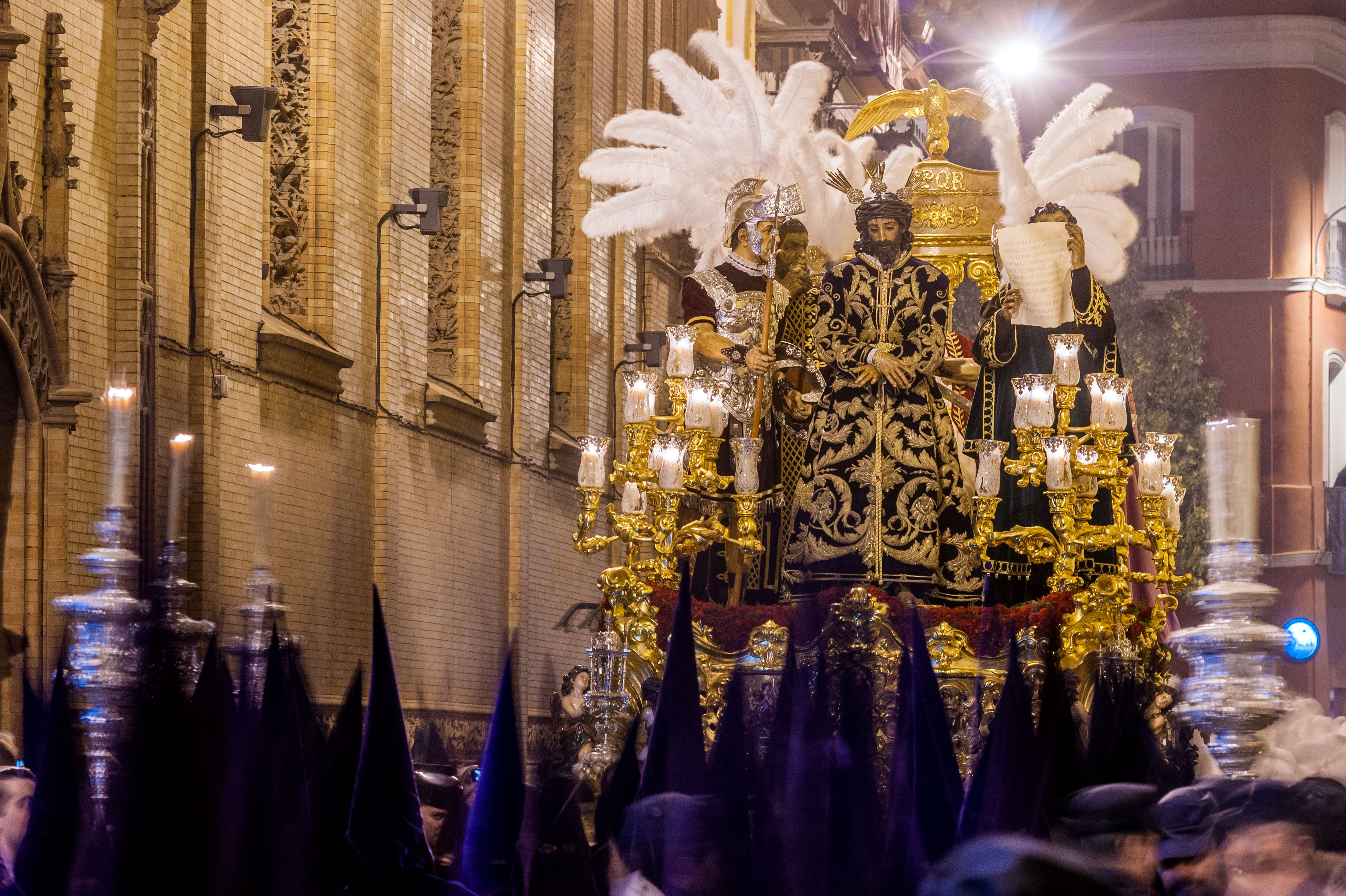
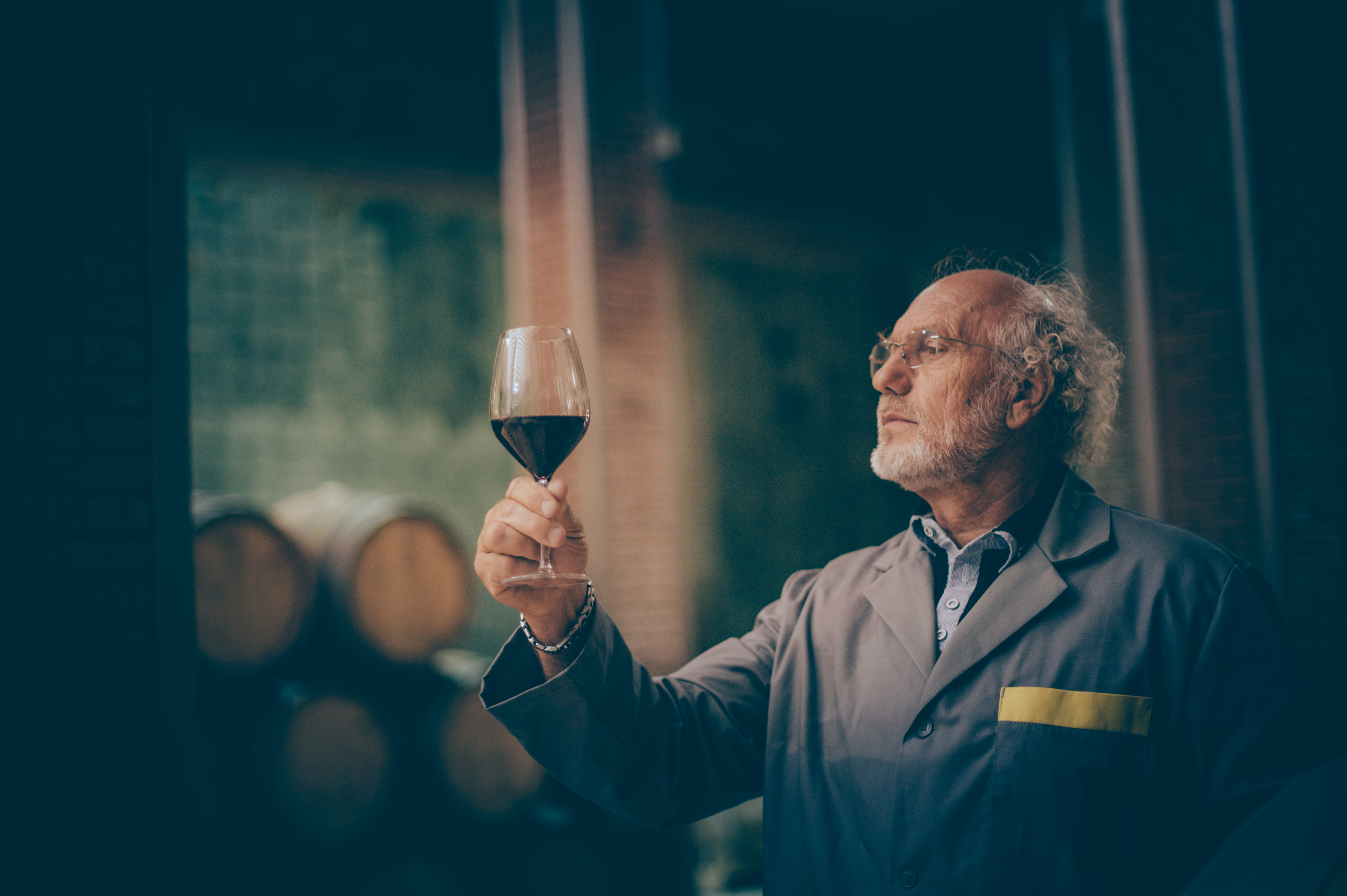
The grand city of Seville is the financial, artistic and cultural capital of Southern Spain. It is more than 2000 years old and has a wonderful Medieval, Baroque and Renaissance heritage with a Moorish past which is clearly evidenced in the Old Quarter, now a listed World Heritage Site.
The Alcazar is the old Moorish palace which was built in 1181 and is enhanced by beautiful terraced gardens. Opposite the palace is the Cathedral of Seville, which replaced the former mosque in 1401. It is lavishly decorated with plenty of gold in evidence and the decorative belltower was adapted from the old minaret. Note the interior has ramps rather than steps to allow the Muezzin to ride in on horseback!
The octagonal Torre del Oro by the River Guadalquivir was a defensive watchtower and a chain was strung beneath the water to prevent enemy boats from travelling up the river. Other breathtaking landmarks include the Plaza de Espana which is wonderfully decorated with glazed Spanish tiles and reflects a Moorish style. The buildings of the University of Seville were a former tobacco factory and were the inspiration for the opera "Carmen".
As well as great shops, parks, and bridges, Seville has some excellent museums including a Flamenco Art Museum and a Bullfight Museum, both a large part of Spanish culture which can be experienced during your visit. The Archaeological Museum is in the landscaped Maria Luisa Park, a wonderful attraction in its own right.The symbol of the city is NO8DO and can be seen on many landmarks. It means "Seville has not abandoned me".
Seville is a wonderful city to visit at any time of year. Winters are mild, around 16C (61F) and summers are hot, reaching 35C (96F). The cuisine is based on fresh seafood, olives and locally cured Andalusian ham and the bitter Seville oranges are used for tangy marmalade.






